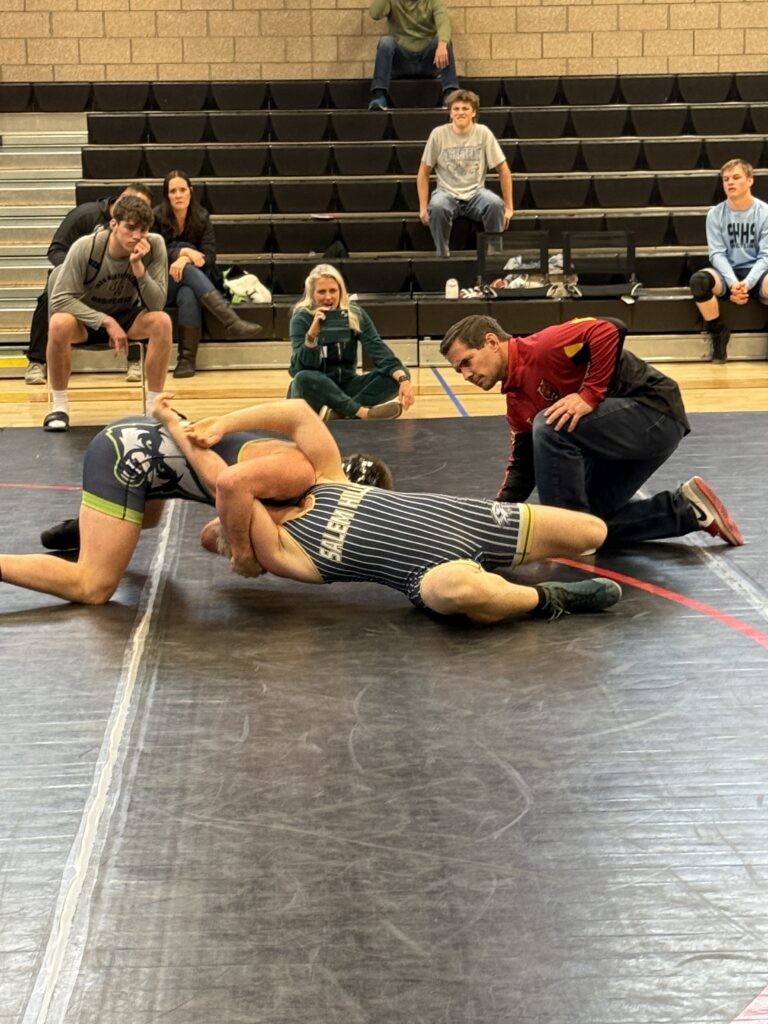Professional wrestling has become a global entertainment juggernaut, with millions tuning in each week to watch their favorite superstars battle it out in the ring. But did you know that the roots of wrestling on television go back as far as 1948? That’s right—the first professional wrestling match ever broadcast on television took place in that year, marking the beginning of a new era for the sport and entertainment industry.
In this post, we’ll dive into the history of that momentous event, how it transformed professional wrestling, and why it still holds significance in the sport’s evolution today.
The Birth of Wrestling on TV
Before television, professional wrestling was largely a live event, confined to local arenas and sports venues. Fans would gather in person to witness the high-energy matches, which included a combination of athleticism, drama, and storytelling. Wrestling was popular in some regions, but it didn’t have the broad national appeal it would later gain.
Television had already started to become a staple of American households in the late 1940s, and many sports were looking for ways to capitalize on the growing medium. The television networks saw an opportunity to reach new audiences, and in 1948, a decision was made to broadcast a professional wrestling match for the very first time. This historic event took place on the Dumont Television Network, a channel that was an early pioneer of television broadcasting.
The match itself took place at St. Nicholas Arena in New York City, a venue known for hosting some of the most iconic wrestling bouts of the era. The broadcast was a huge gamble—would people tune in to watch men wrestle in front of a camera? The answer was a resounding “yes.” The event captured the attention of viewers across the country and proved that there was a market for wrestling on TV.
Why Was This Match Important?
The first televised wrestling match in 1948 was more than just a one-time event—it was a milestone that set the stage for the future of professional wrestling as an entertainment form. Here’s why this broadcast was so significant:
- National Exposure:
Prior to television, wrestling was largely a regional affair. Fans could only experience live wrestling in specific cities or regions. The broadcast in 1948 brought wrestling into American homes, giving it national exposure and making it accessible to people who would otherwise never have seen a match. - A New Form of Entertainment:
Television was still in its infancy, and most sports were hesitant to embrace it. Wrestling, however, understood the potential to blend athleticism with drama and entertainment, much like a theatrical performance. This broadcast helped establish the unique combination of athletic competition and storytelling that has become synonymous with professional wrestling today. - The Rise of Wrestling as a TV Staple:
Following the success of the first broadcast, other wrestling promotions began to embrace television as a way to reach wider audiences. Programs like WWE’s “Monday Night Raw” and WCW’s “Monday Nitro” would later become household names, building on the foundation laid by that 1948 broadcast. - Introducing Iconic Wrestlers to the Masses:
Wrestlers who were once only known to local crowds began to gain national recognition. Television helped to propel the careers of iconic names such as Gorgeous George, Bruno Sammartino, and later Hulk Hogan, who would become global superstars in the wrestling world.
The Evolution of Wrestling on TV
While the 1948 broadcast was groundbreaking, it was just the beginning of the marriage between wrestling and television. As the years went on, the production values, storytelling, and the spectacle of wrestling matches only grew. Wrestlers became larger-than-life characters, and television broadcasts became increasingly elaborate, attracting millions of viewers worldwide.
By the 1980s, wrestling was a full-fledged television event with companies like World Wrestling Federation (WWF) (now WWE) and World Championship Wrestling (WCW) dominating the airwaves. These companies helped to make professional wrestling a mainstream part of pop culture, with high-profile events like WrestleMania and The Monday Night Wars drawing in viewers from all walks of life.
The Impact of Wrestling on TV Today
Today, professional wrestling is a global phenomenon, with promotions such as WWE, AEW, and NJPW holding international events that attract millions of viewers. Television still plays a major role in wrestling’s success, with live broadcasts, pay-per-view events, and streaming services bringing the action to fans worldwide.
Streaming platforms like the WWE Network and AEW’s Dynamite show are changing the way fans consume wrestling content, allowing viewers to watch matches on-demand and engage with the sport on a deeper level than ever before. The evolution of wrestling on TV from a single 1948 broadcast to a multi-billion-dollar industry speaks to the power of television as a platform for storytelling and entertainment.
Conclusion: A Legacy That Lives On
The first professional wrestling match broadcast on television in 1948 wasn’t just a historical event—it was the birth of a new era for professional wrestling. This single broadcast sparked a revolution in sports entertainment, making wrestling accessible to millions of fans and shaping the industry into the global powerhouse it is today.
As we continue to see wrestling evolve with new technology and platforms, we can always look back to that historic 1948 moment as the spark that ignited it all. Who knows what the future holds for the world of televised wrestling, but one thing is for sure: it all started with that first broadcast over 75 years ago.
Call to Action:
What’s your favorite wrestling moment or match you’ve seen on TV? Share your thoughts with us in the comments below!






